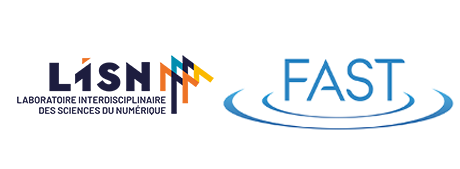
The transport and fate of inhaled nanoparticles in the lungs, as well as their interactions with pulmonary fluids, remain poorly understood despite their critical implications for drug delivery and toxicology. In this study, we develop microfluidic models that replicate alveolar expansion and contraction during respiration, as well as mucociliary clearance, to evaluate the penetration and distribution of inhaled particles under physiologically relevant conditions. In particular, we focus on the role of pulmonary fluids—mucus and pulmonary surfactant—by investigating their structure and rheological properties. To mimic native pulmonary fluids in the bronchial and alveolar regions, we use a bioinspired mucus substitute derived from reticulated snail slime and the exogenous surfactant Curosurf, commonly administered to premature infants as part of surfactant replacement therapy. Together with the organ-on-a-chip devices, these models represent promising tools for screening novel aerosol formulations for local drug delivery as well as for better understanding of environmental pollution particle toxicity
Accès Salle des séminaires FAST-LPTMS (Bât. 530, salle C.120, 1er)